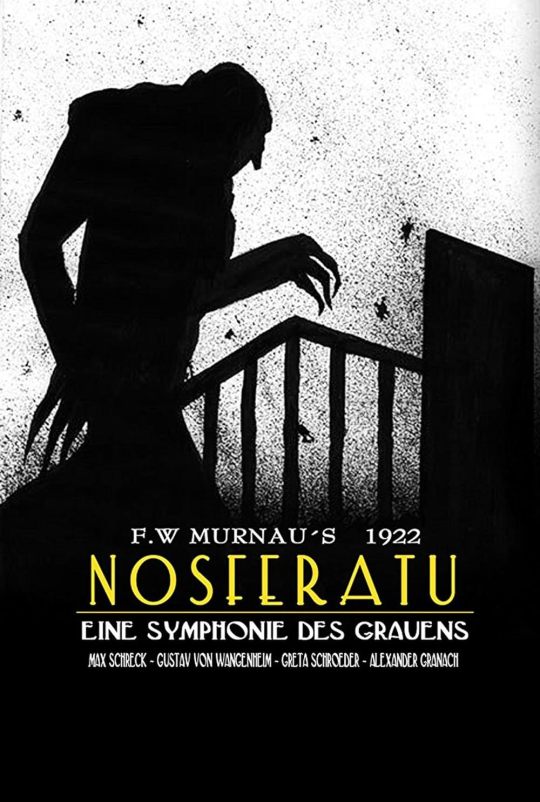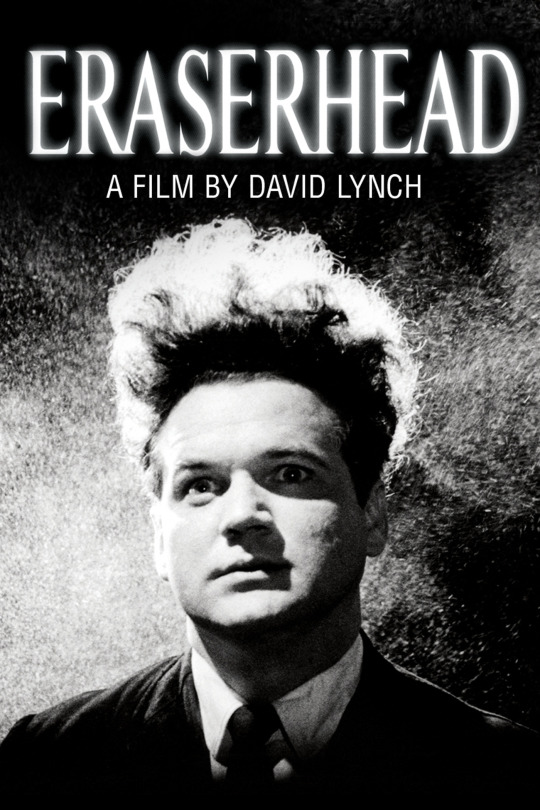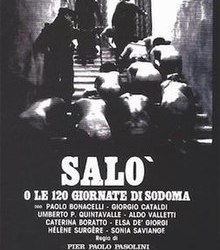#EerieCinematography
Text
Title: Shadows of the Soul: Exploring the Macabre in Cinematic History
Introduction
In the realm of cinema, there exists a genre that delves into the darkest recesses of the human psyche, unearthing our deepest fears and confronting mortality head-on. These are the macabre movies, hauntingly crafted tales that linger in the shadows of our minds long after the credits roll. In this article, we embark on a melancholic journey through some of the most macabre films in history, exploring the artistry in their morbidity and the echoes they leave within our souls.
I. Nosferatu (1922) - A Dance with the Undead

The silent masterpiece "Nosferatu" is a symphony of shadows, weaving a tale of vampiric terror that transcends time. Its expressionistic cinematography and the haunting portrayal of Count Orlok evoke a sense of dread that lingers like a phantom ache.
II. Eraserhead (1977) - A Descent into Nightmarish Realities

David Lynch's "Eraserhead" is a surreal odyssey into a world of industrial decay and existential dread. The grotesque imagery and dissonant soundscape create an atmosphere of visceral discomfort, plumbing the depths of human anxiety.
III. Salò, or the 120 Days of Sodom (1975) - The Abyss of Human Depravity

Pier Paolo Pasolini's "Salò" stands as a harrowing exploration of power, sadism, and the degradation of the human spirit. Set against the backdrop of fascist Italy, it forces viewers to confront the darkest corners of humanity's capacity for cruelty.
IV. Begotten (1990) - Birth and Death in a Realm of Desolation

E. Elias Merhige's "Begotten" is a visceral tone poem, a visual maelstrom depicting creation and destruction in an uncanny, desolate landscape. Its grainy, monochromatic aesthetic immerses viewers in a nightmarish dreamscape.
V. Martyrs (2008) - The Pursuit of Transcendence through Suffering

Pascal Laugier's "Martyrs" is an unflinching exploration of the human spirit's resilience in the face of unimaginable torment. It delves into the existential questions of pain, sacrifice, and the possibility of transcendence.
VI. Antichrist (2009) - Nature's Malevolence and the Unraveling Mind

Lars von Trier's "Antichrist" is a psychological descent into madness, exploring the intertwining of grief, nature's malevolence, and the fragility of the human psyche. Its haunting imagery and relentless emotional intensity leave an indelible mark.
Conclusion: Shadows as a Mirror
These macabre films, though unsettling, serve as a mirror to our deepest fears and existential ponderings. They remind us of the fragile nature of our existence, prompting reflection on the human condition. In their melancholic beauty, they challenge us to confront the shadows within ourselves, ultimately offering a catharsis that transcends the screen. For in the macabre, we find a reflection of our own mortality, a reminder to cherish the light that flickers even in the darkest of hours.
#MacabreCinema#DarkFilmClassics#HorrorMasterpieces#CinematicNightmares#GothicFilms#CreepyClassics#EerieCinematography#GrimRealities#SurrealHorror#ChillingCinematicExperience#HauntingVisions#NightmarishNarratives#DisturbingFilmography#CinematicTerrors#SpineChillingStories#VisceralCinema#ArtHouseHorror#DarkAesthetic#HorrorIcons#GrimCinematicJourney
0 notes